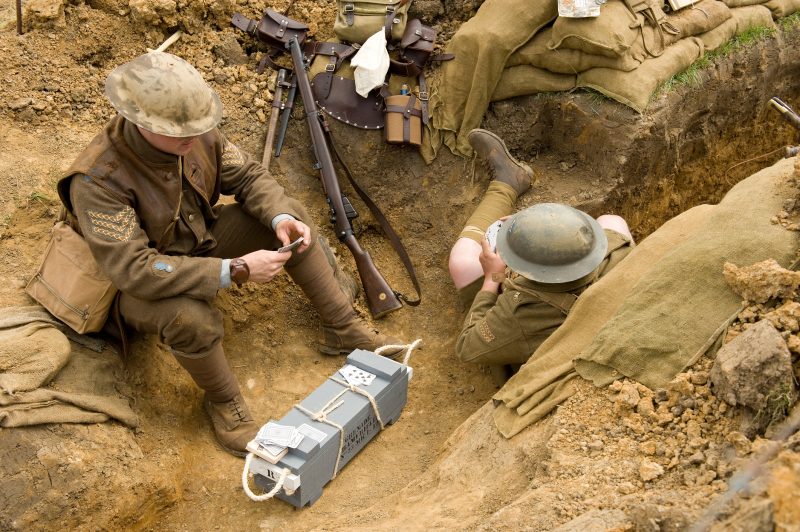Andy Robertshaw, 62, is a military historian with a specialization in World War I. He has spent a year and a half turning a one-acre field near Canterbury, England, into a full-scale replica of British and German trenches from WWI. The project has cost him $14,000.
He plans to allow people to spend 48-hours in the trenches learning what it was like for soldiers of that era. There won’t be any real danger and the conditions that led to ailments like trench foot will be absent, but Robertshaw claims visitors will get to experience 90% of what a WWI soldier went through.
The network of trenches was built with the help of ten volunteers. It includes firing bays, an aid post, an engineer’s store, a dugout, lavatories, and a railway.
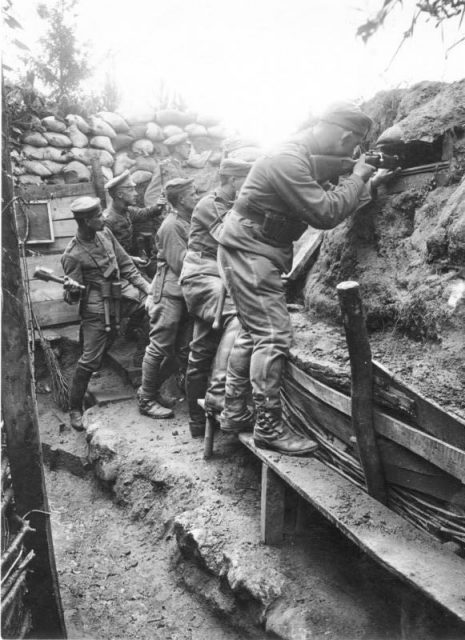
The design was based on the “Marlborough Street Trench” which the British dug near Hawthorne Ridge. Hawthorne Ridge was a German defensive position which was destroyed by Allied tunnelers.
Robertshaw said that the geology of the field is very similar to that of the Somme. He is dedicating the project to his grandfather, John Andrew Robertshaw, who served in the Battle of the Somme and the Battle of Arras.
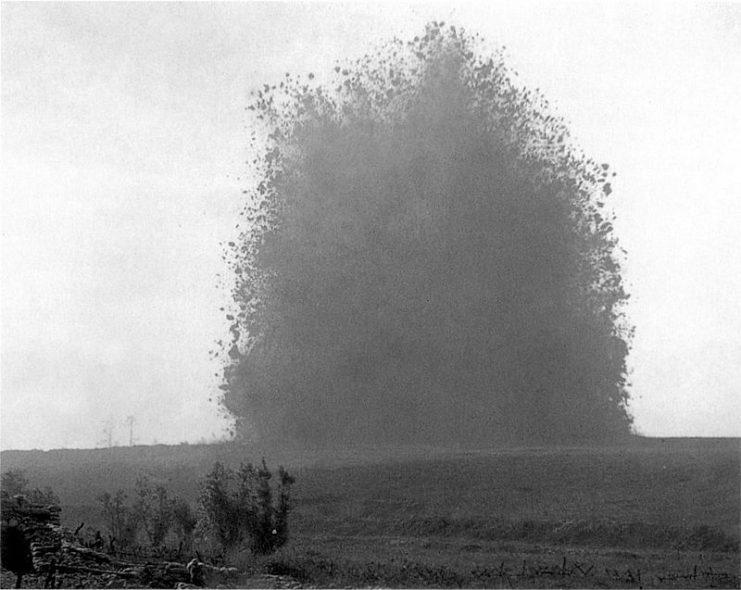
The British trench he has built will sleep up to 30 people. The smaller German trench holds up to 10. The entire network of trenches covers an area 200 feet (almost 61 meters) by 660 feet (201 meters).
Robertshaw formerly curated the Royal Logistics Corps Museum and has written several books about WWI. He has also served as a consultant on films such as “War Horse.”
He insists that the project is not a memorial for those who died serving in the war but a testament to the way they lived. He hopes to make the site a permanent attraction for people who cannot go to France or Belgium to see what it was like for the soldiers in WWI.
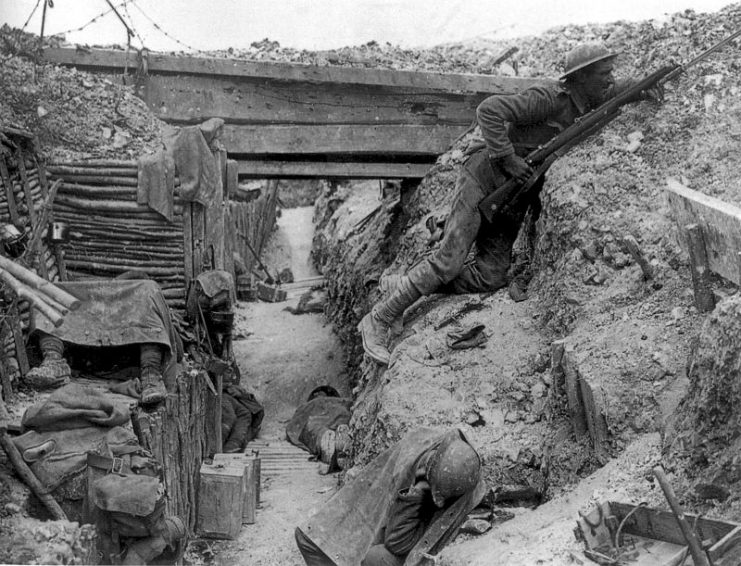
The first 48-hour experience will be available in March 2019. Attendees will receive a uniform and a “boot camp” introduction to the life of a soldier in WWI. Then they will begin their routine of “working, resting, and guarding the trench.” In the morning, there will be an inspection and breakfast.
Robertshaw stated that he wanted to provide a look at the mundane details of day-to-day life in the trenches that many people’s grandfathers and other relatives went through. In reality, soldiers only spent five days at a time in the trenches before being swapped out for other soldiers. They were not constantly going “over the top” as often portrayed in the movies.
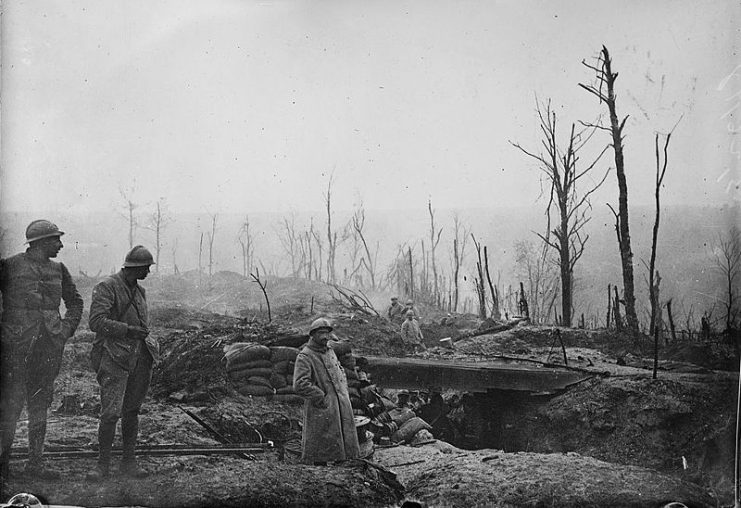
Attendees will be required to take a weekend training course to prepare them for the experience which has been designed to be realistic and accurate with few concessions made for health or safety. For example, the barbed wire on the site is real barbed wire. Attendees must sign a waiver stating that they understand the risks involved.
Read another story from us: WWI Diaries Tell Of Life and Death In The Trenches
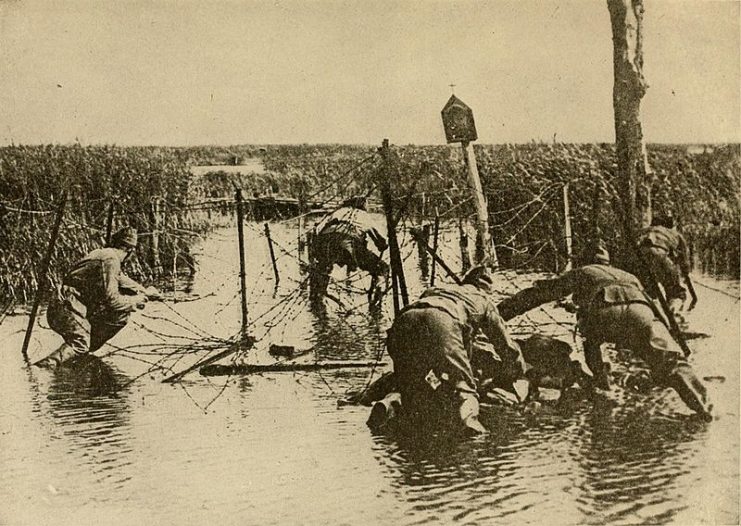
Robertshaw and his team of volunteers built the trenches using the same techniques that were used in WWI. He looks forward to observing the effects of the weather on the trenches.
